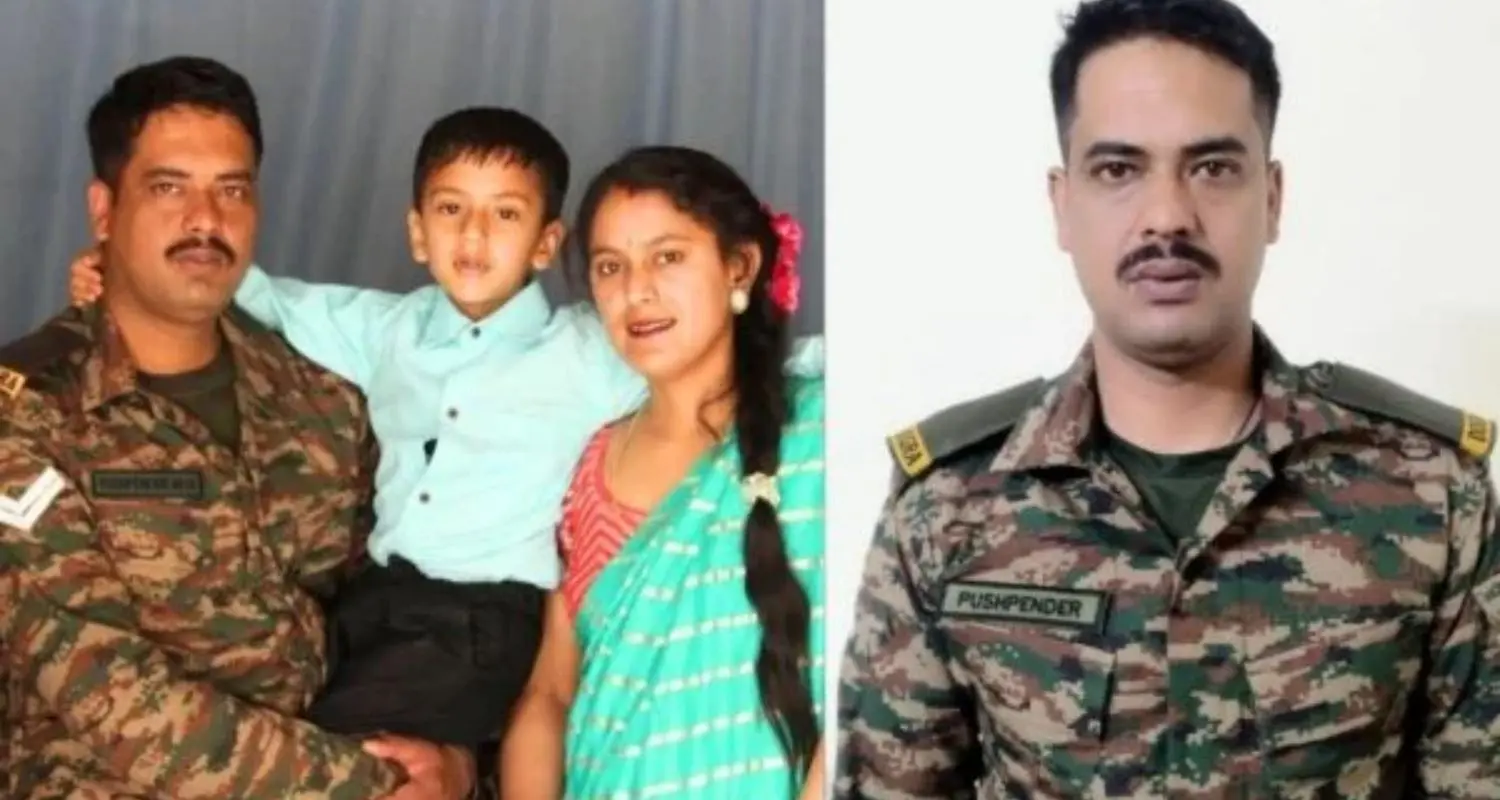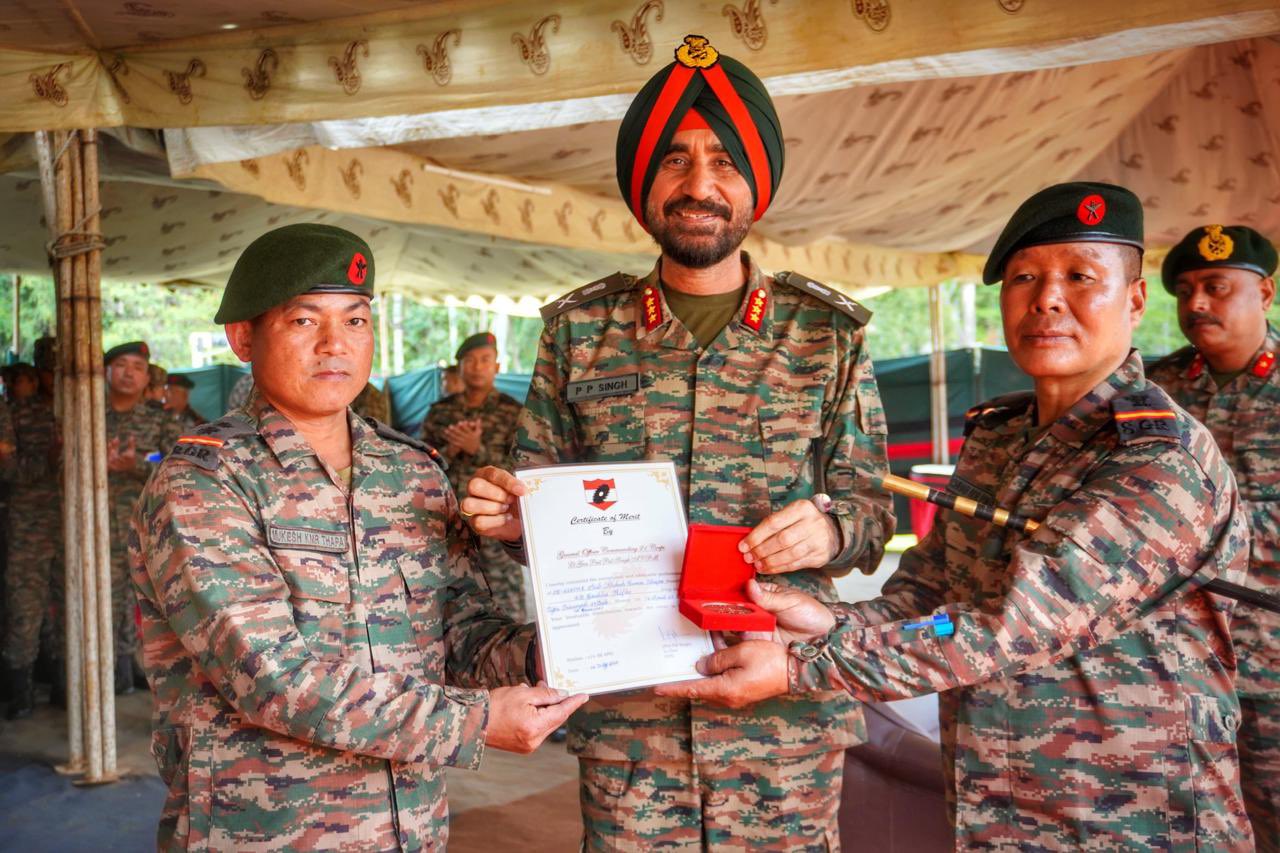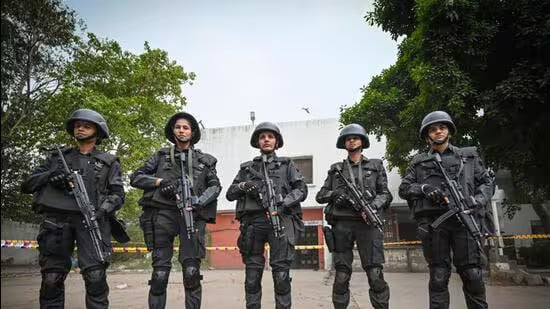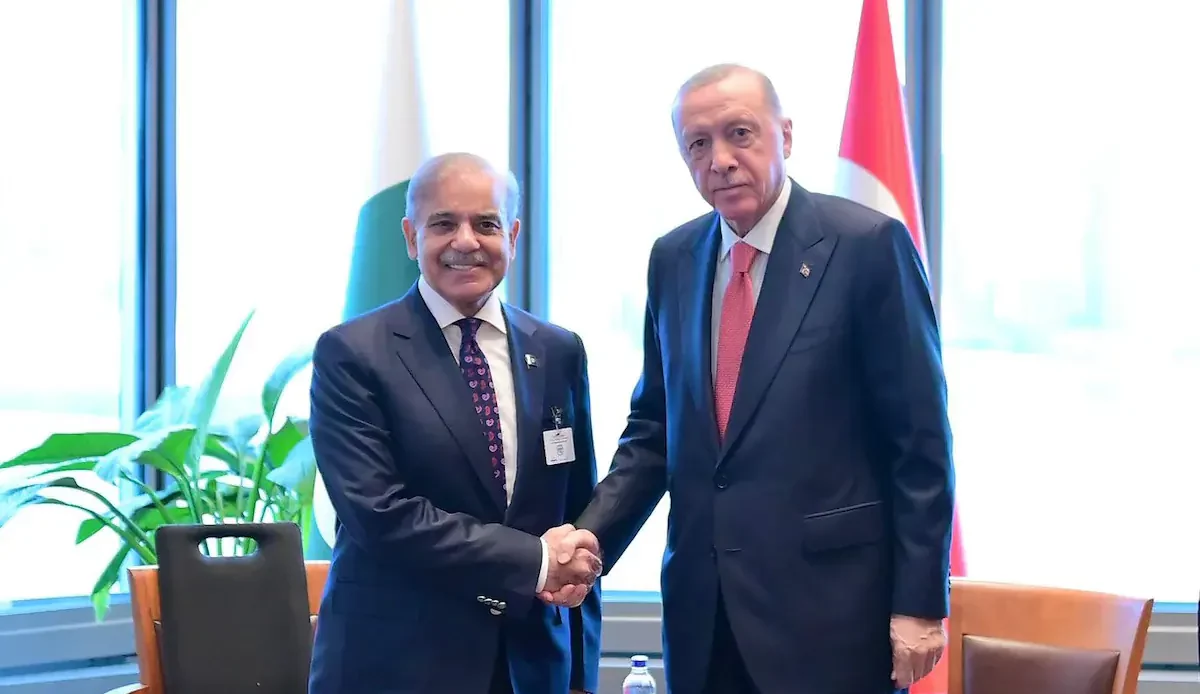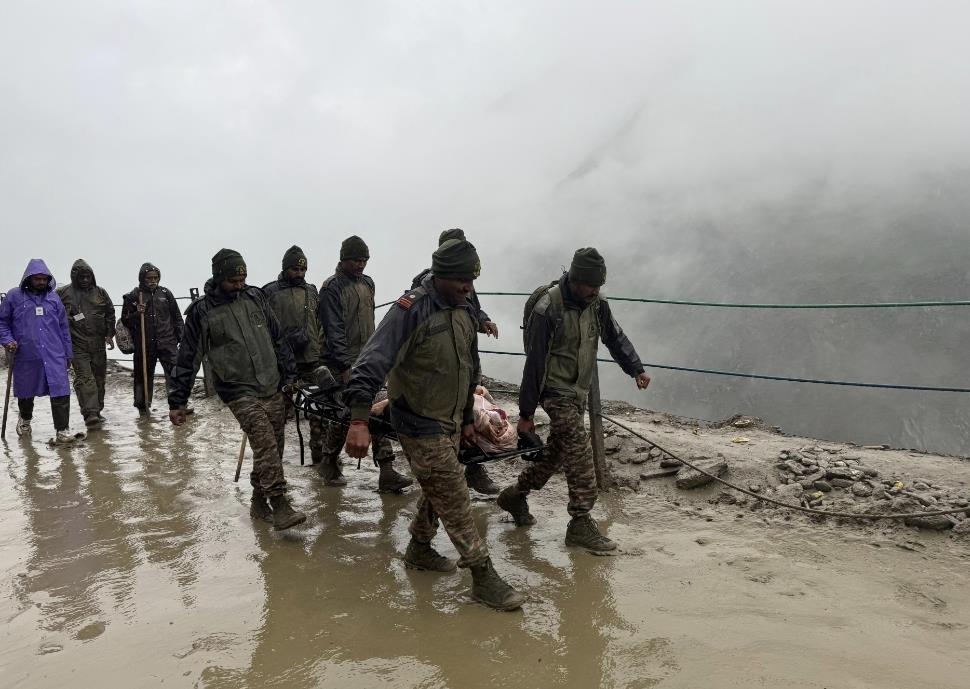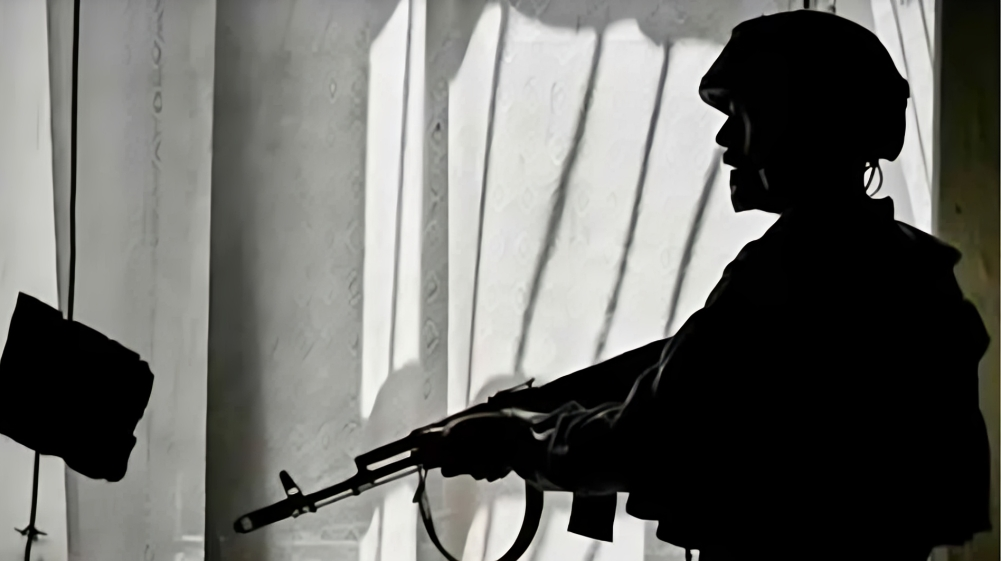Himachal’s Naik Pushpendra Negi Martyred in Assam Storm Mishap
A wave of grief swept across Himachal Pradesh’s Kinnaur district as hundreds gathered in Thaimgarang village to bid a final…
Lt Gen Prit Pal Singh Reviews Preparedness and Strategic Capabilities of Bison Division Troops
The Indian Army’s Sudarshan Chakra Corps showcases its amphibious operational readiness during a visit by Lieutenant General Prit Pal Singh,…
Delhi Conducts Two-Day Multi-Agency Mock Drill to Test Anti-Terror Preparedness
A large-scale, two-day mock drill has been launched across Delhi by the Delhi Police to assess the city’s preparedness in…
Turkey, Pakistan Revise $900 Million Drone Deal After Setback Against India
In a strategic move to overhaul their aerial capabilities, Turkey and Pakistan have agreed to revise a $900 million drone…
Indian Army Rescues Stranded Amarnath Yatris After Landslide at Z Morh
The Indian Army launched a swift and coordinated rescue operation after a landslide near Z Morh on the evening of…
Serving Indian Army Soldier Arrested in ISI-Linked Espionage Case in Punjab
In a major breakthrough in an ongoing cross-border espionage investigation, the Punjab Police has arrested serving Indian Army personnel Devinder…

